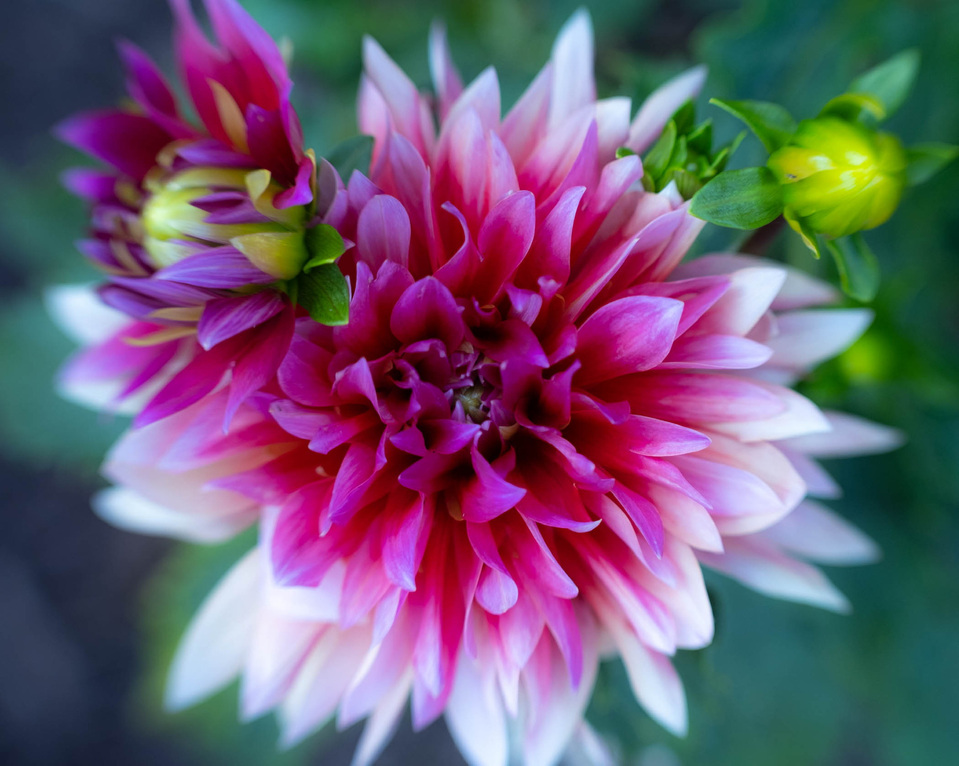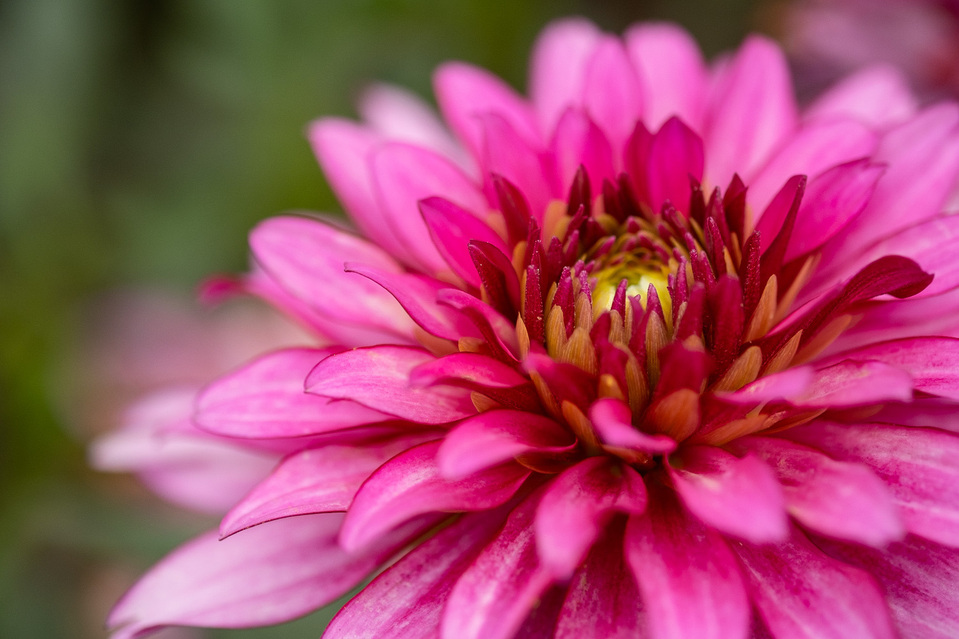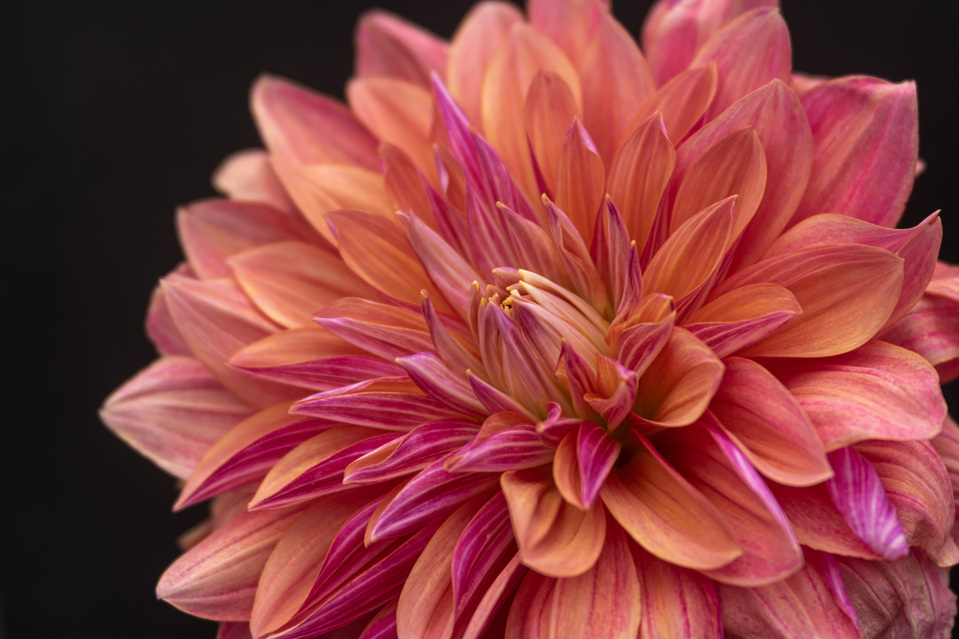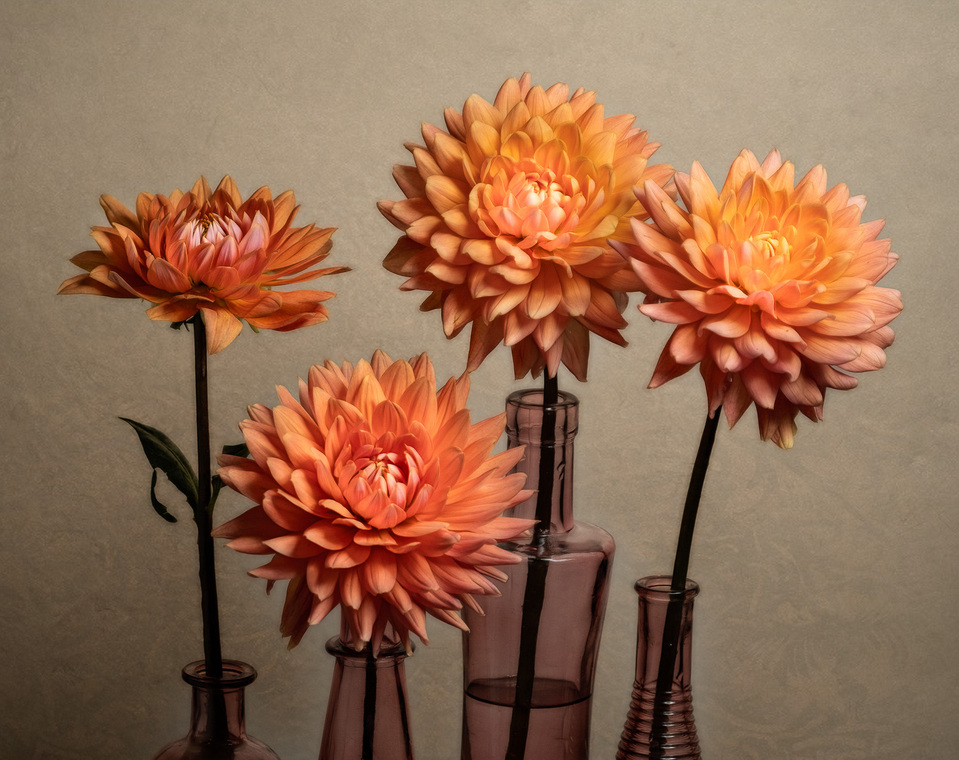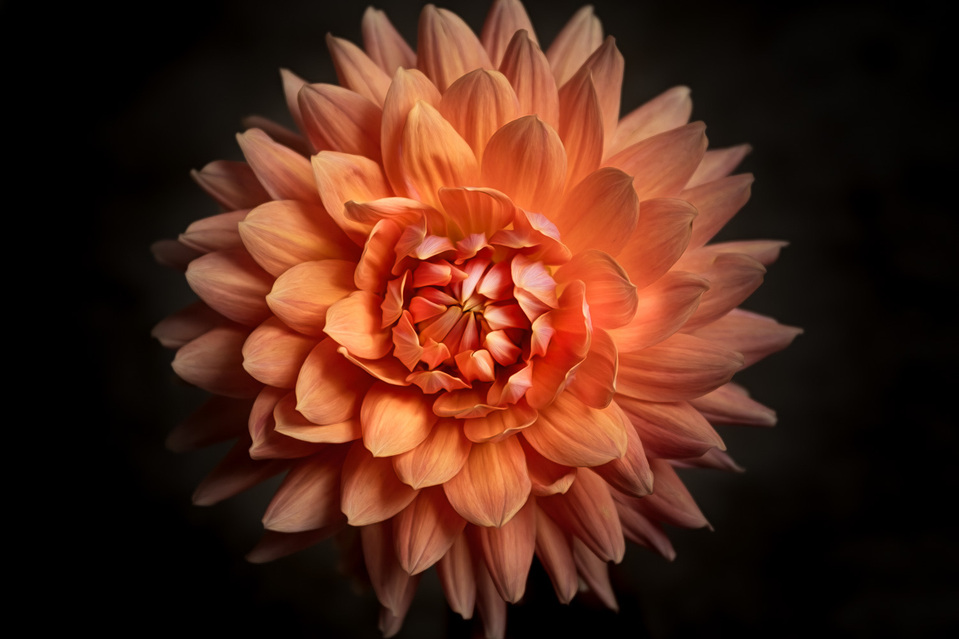Lesson from a year of growing Dahlias!
September 14, 2021“Maybe the desire to make something beautiful is the piece of God that is inside each of us.” — Mary Oliver
I have always loved and admired beautiful things - fabric, paintings, music, and flowers. I grew up surrounded by beautiful gardens. On both sides of my family, there is a long line of gardeners. My grandfather taught me to take pride in the lawn, he would mow in beautiful long lines, keep the edges clean, and all the leaves cleared. My grandmother was a huge flower lover. She took pride in her flower beds and often was awarded “yard of the month” in her neighborhood. My mother followed in her footsteps; she is always digging in the garden. So naturally, it is in my blood! I have not always had a lot of time to devote to the art of gardening until recently.
With my adult kids busy with their own lives and my passion for flower photography, I decided to grow my own subjects this year and share them with my photo friends.
I had discovered Dahlias a few years ago and thought it couldn’t be too hard to plant these fun flowers! I didn’t know what I was getting into, but the work has been worth the reward.
This post will share my process and images from this year’s garden.
The first step is to purchase Dahlia tubers to have for spring planting. In most locations, you need to plant the tubers in the spring as they are cold-sensitive. I began this process last fall ordering tubers from various online vendors. I recommend looking in your local area for vendors that sell them too. I selected a variety of styles and colors to have variety in my garden.
Early spring, the Dahlia tubers began arriving. I decided to plant my tubers in raised flower beds. So in early March, we built the beds, filled with compost and rich soil, set up stakes, and then waited. It is critical to wait for the last frost to pass before planting the tubers.
Once I felt it was safe to bring them out, I planted the tubers about 2 inches in the soil in long rows. Then you begin the long wait. It will take a few weeks or longer to see the tiny green stems sprout. During this growth time, you do not want to add extra water. Extra water can rot the tubers before they sprout.
The following two months, after planting the garden, progress is very slow. The plants begin to grow taller and spout more leaves. Once they are 12-24 inches, you will want to pinch the tops of the plants to increase the branches and future blooms. After you have waited for them to grow, this process seems too hard, but I promise it makes a big difference. Here is a great video that explains this process: https://blog.longfield-gardens.com/how-and-why-to-pinch-your-dahlias/
During this growth phase, you will want to watch for aphids, or other insects that like to eat your plant’s leaves. I learned to spray with vegetable/tomato spray to keep the bugs off the leaves. I would spray every 3-4 weeks if I saw signs of insect life.
First blooms arrive between July 4th and August 1st. These first blooms are so exciting, but you will want to cut them deep into the plant near the base to encourage more growth and blooms. Cutting the stems will then allow the plant to grow stronger and produce so many more blooms. The goal is to get several crops of flowers, so these early blooms need to be trimmed. Think of these first blooms as the warm-up.
After the first blooms in a few weeks, the plant will take off, and you will get another larger crop of flowers. Continue to deadhead, cut the stems long and manage for any bugs. It is helpful to strip the green leaves at the base of the plants by 6 inches to prevent bugs from crawling up the stalks.
After the second wave of blooms, your plants should be in full bloom by mid-September, and you should have your largest crop of flowers. The size and color get better with each bloom cycle.
After the work to keep them healthy and watching them grow, the reward of these flowers is well worth it!
The cycle wraps up in mid to late October when you need to remove the tubers, dry them out and store them for the next season.
A couple of tips that I learned and will implement next year:
Overall my biggest lesson has been patience! These flowers are a six to nine-month process, but the reward is worth the wait—the joy of planting something, nurturing it, and then seeing the beauty created.


